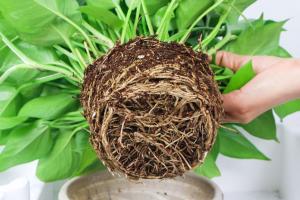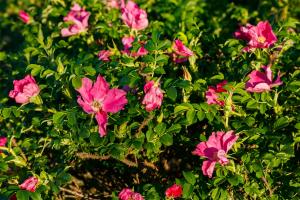Introduction
Planting cedar trees can be a great decision for both the environment and the aesthetic appeal of your property. However, deciding on the best time to plant them can be challenging. In this article, we will discuss the ideal time to plant cedar trees and offer some helpful tips for successful planting and growth.
Understanding Cedar Trees
Cedar trees belong to the family Cupressaceae and are native to many parts of the world. They are known for their evergreen foliage and can grow to be quite tall, making them ideal for landscape projects. In general, cedar trees prefer climates that are cool and moist. They also need well-drained, nutrient-rich soil to thrive.
The Best Time to Plant Cedar Trees
The best time to plant cedar trees is in the early spring or late fall. This is when the soil is moist and cool, which is optimal for root growth. Spring planting allows the cedar tree to establish itself during the growing season, while fall planting gives it time to establish roots before winter. Both seasons provide an environment where the cedar can grow and flourish.
Preparing for Planting
Before planting cedar trees, it's essential to prepare the planting site thoroughly. Begin by removing any weeds, grasses, or other debris that may be present. Clear the area of rocks and other obstacles that can hinder the tree's growth. Ensure that the soil is well-drained and nutrient-rich. If the soil is not suitable, amend it with organic matter such as compost or aged manure.
Planting Cedar Trees
When you begin planting cedar trees, dig a hole that is twice as wide as the tree's root ball. The hole should be deep enough so the root ball sits slightly above the soil's surface. Ensure that the tree is straight and upright, then fill the hole with soil. Be sure not to plant too deeply or too shallowly, as this can affect the health and growth of the tree. Water the tree thoroughly to ensure that the roots have plenty of moisture to establish themselves.
Caring for Cedar Trees
After planting, cedar trees require regular care and maintenance to ensure their growth and survival. Water the trees deeply and regularly, especially during periods of drought. Fertilize the trees annually with a balanced fertilizer to provide the necessary nutrients for growth. Mulch around the base of the tree to retain moisture and suppress weeds.
Conclusion
Planting cedar trees can be a great way to enhance the beauty and value of your property. Knowing the best time to plant, how to properly prepare the planting site, and how to care for your trees after planting is key. By following these tips, your cedar trees will grow and thrive for many years to come.

 how many times do yo...
how many times do yo... how many planted tre...
how many planted tre... how many pine trees ...
how many pine trees ... how many pecan trees...
how many pecan trees... how many plants comp...
how many plants comp... how many plants can ...
how many plants can ... how many plants and ...
how many plants and ... how many pepper plan...
how many pepper plan...






























